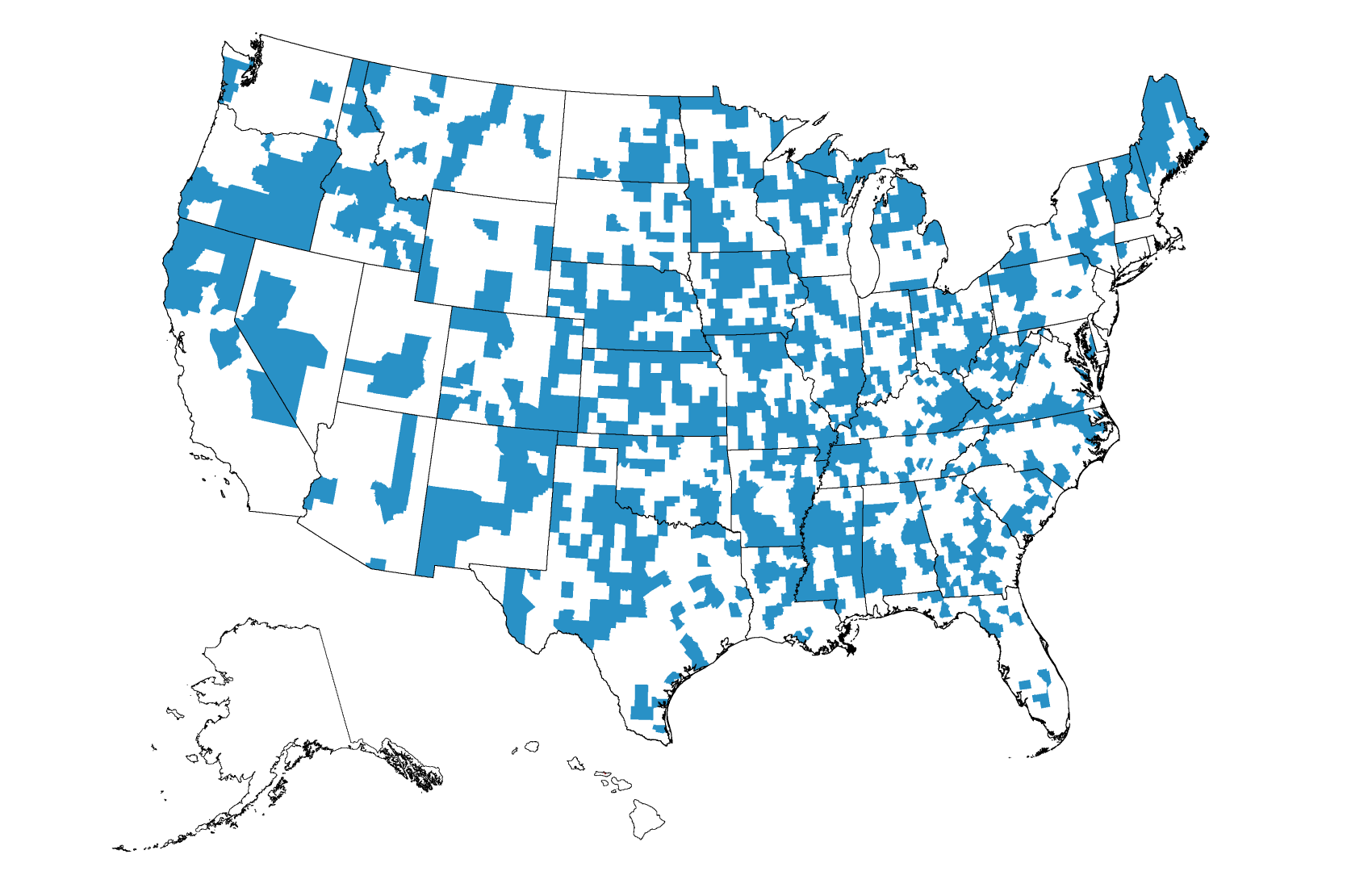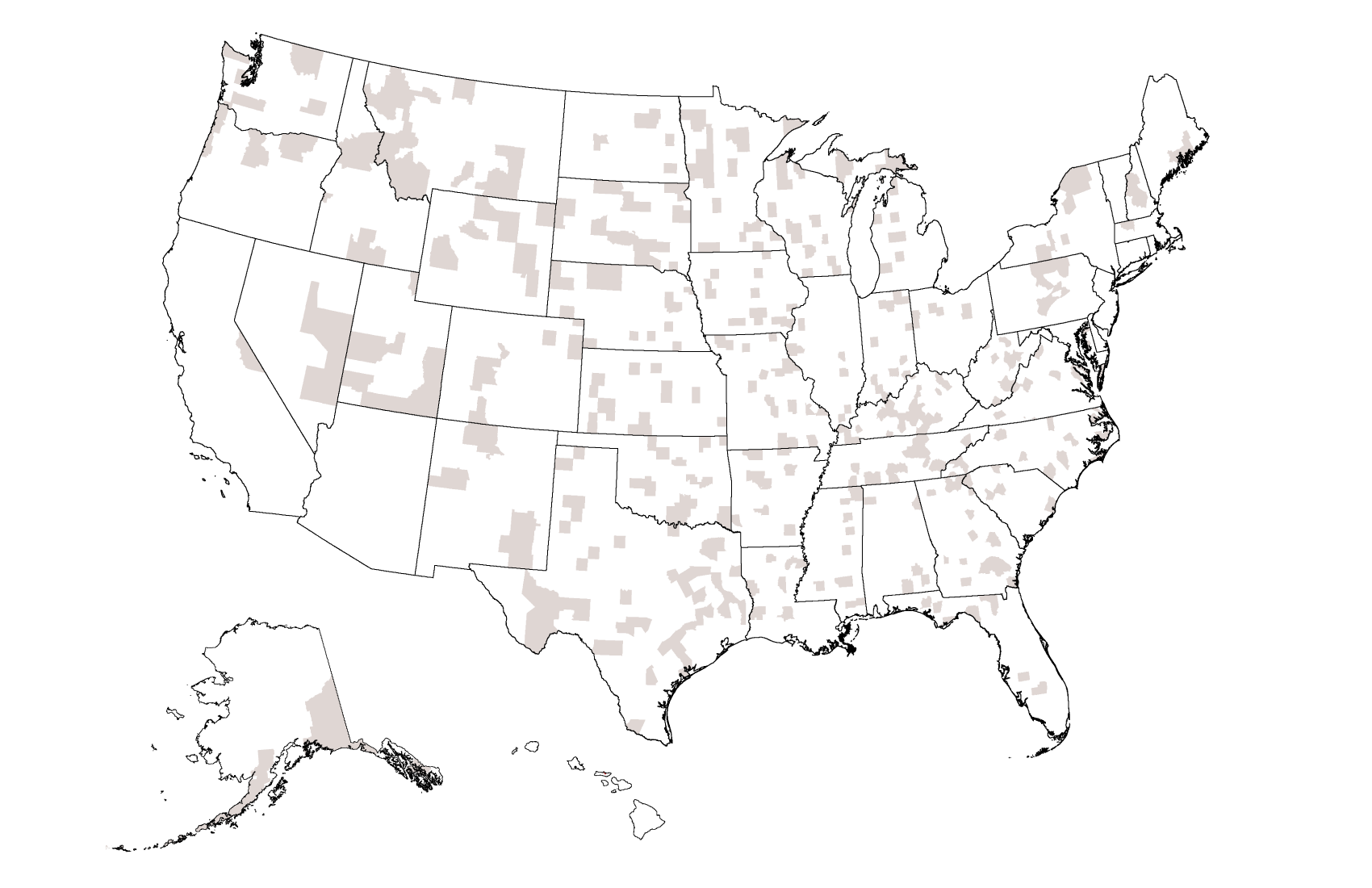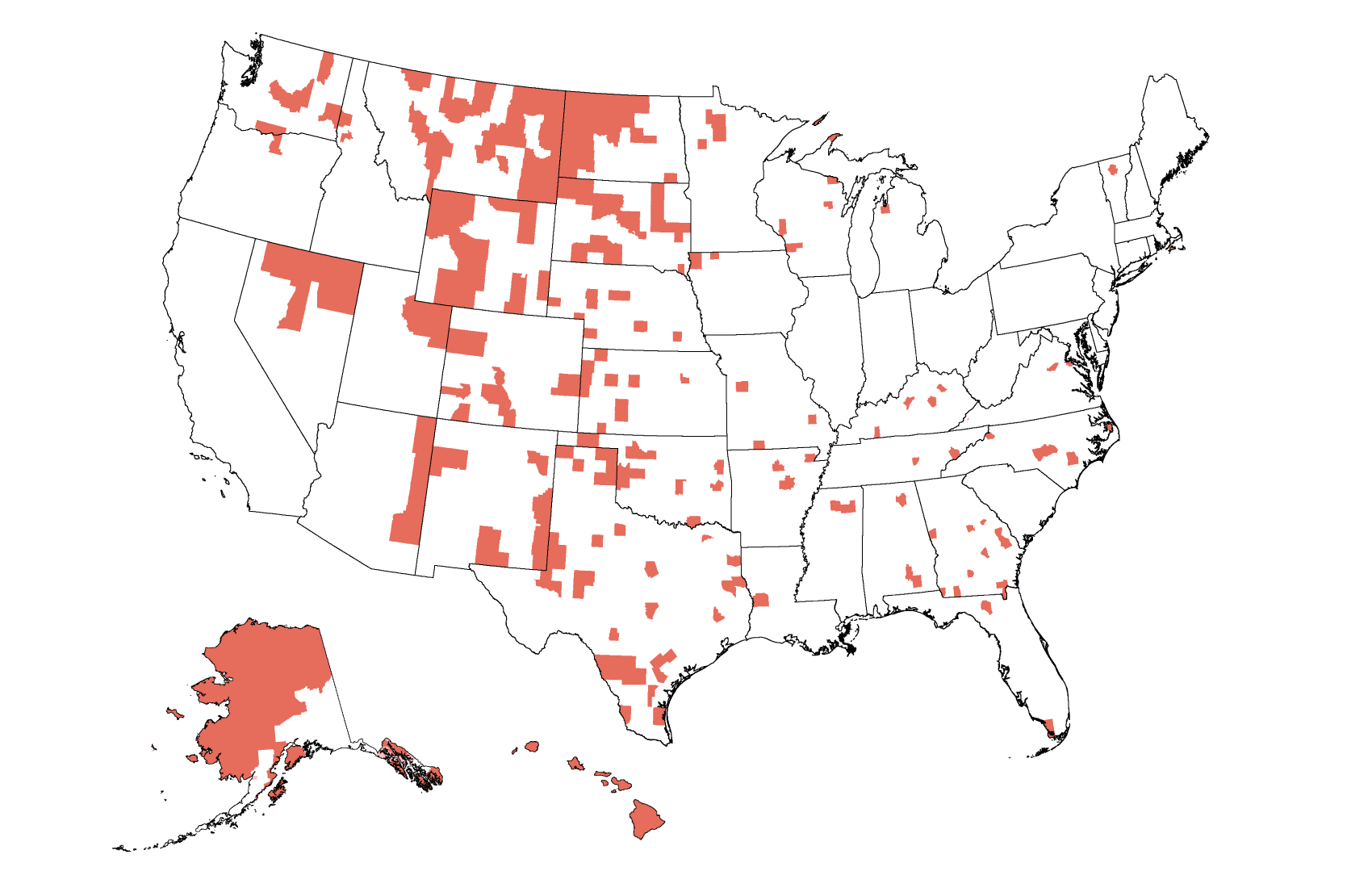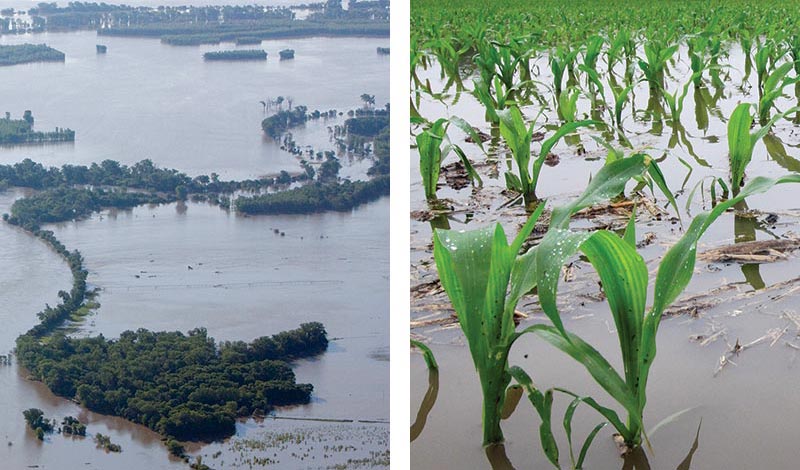Introduction
Rural Communities deals with climate change impacts that are particular to the rural parts of our nation. The Highlights section below offers a high-level overview of climate change impacts on these areas, including the three Key Messages and selected topics. (see Ch. 14: Rural Communities)


















